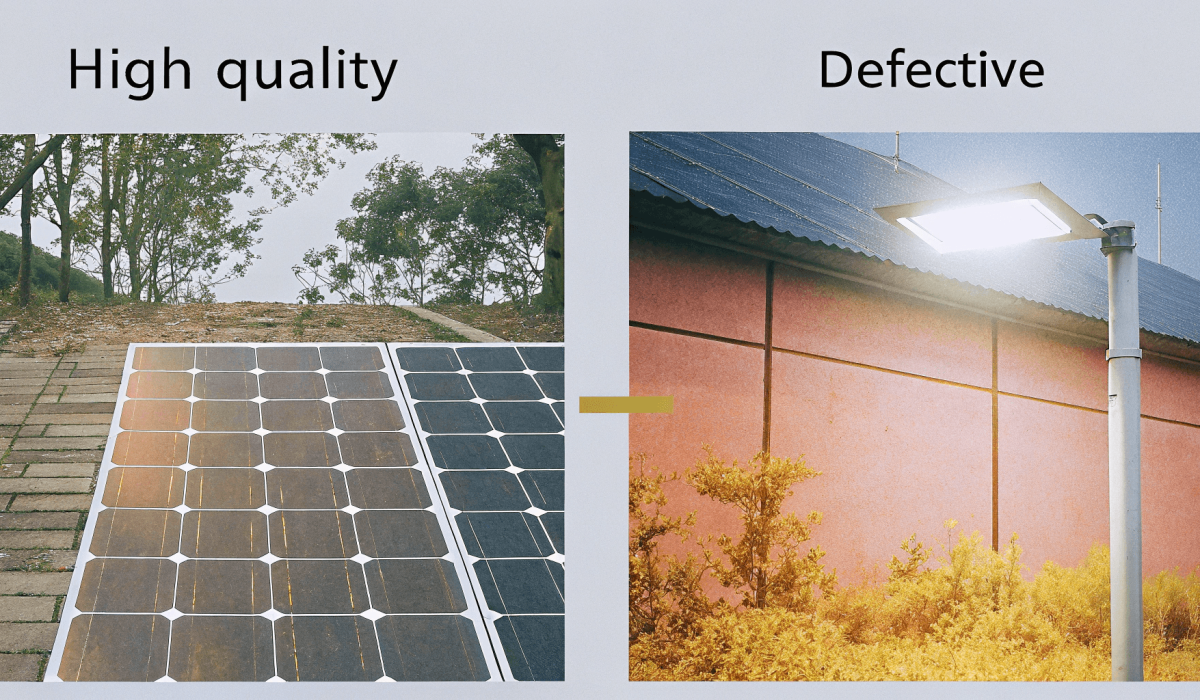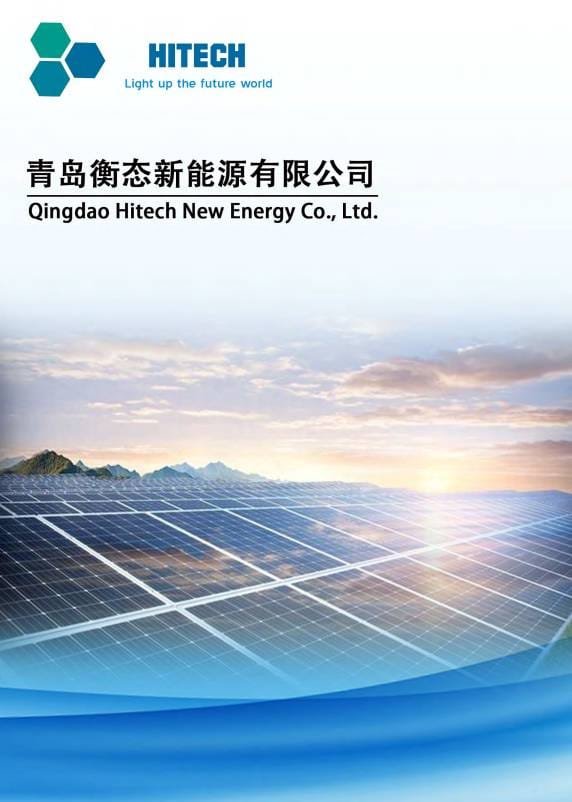The demand for solar street lights is skyrocketing, but many buyers fall into costly traps, ending up with poor-quality products.
To avoid procurement mistakes, buyers must verify product quality, assess supplier reliability, and understand key specifications. Knowing common traps will prevent unnecessary losses and ensure a wise investment.
Many procurement officers unknowingly buy defective or low-quality solar street lights, leading to inefficiencies and financial losses. Let's explore the hidden risks and how to avoid them.
Introduction: The Hidden Risks in Solar Street Light Procurement
The solar street light market is booming, but buyers must be cautious to avoid substandard products.
Common procurement mistakes include trusting exaggerated specifications, overlooking material quality, and neglecting supplier credibility.
The global shift towards sustainable lighting solutions has increased the demand for solar street lights. However, many suppliers cut corners, leading to non-durable, inefficient, and ultimately, costly products. Understanding procurement pitfalls can save buyers from major setbacks.
Key Procurement Traps and How to Avoid Them
2.1. Misleading Product Specifications

Many suppliers exaggerate lumen output and battery capacity to appear competitive.
Verifying real performance through independent testing and technical data is crucial.
Some manufacturers inflate specifications, making their products seem more powerful than they are. A common trick is overstating lumens, leading to dim lighting in real-world applications. Similarly, battery capacities are often misrepresented, causing shorter operational times. Buyers should:
- Request third-party lab reports.
- Compare specifications against industry standards.
- Test sample units before bulk purchases.
2.2. Substandard Solar Panels and Batteries
High-efficiency solar panels and lithium batteries are key for longevity.
Short battery life and poor charging indicate low-quality components.
Subpar solar panels have low conversion efficiency, reducing energy generation. Likewise, poor-quality batteries degrade quickly, leading to frequent replacements. Watch for:
| Issue | Red Flag | Solution |
|---|---|---|
| Low Efficiency Panels | Below 18% efficiency | Choose monocrystalline panels |
| Poor Battery Cycle | Below 2,000 cycles | Opt for LiFePO4 batteries |
| Unreliable Charging | Inconsistent power storage | Verify battery capacity claims |
2.3. Poor LED Quality and Light Distribution
Inferior LED chips reduce brightness and shorten lifespan.
Proper lens and reflector designs ensure uniform lighting.
Low-quality LED chips may appear bright initially but degrade rapidly. Uneven light distribution leads to dark spots and inefficiency. Buyers should:
- Check LED chip brands (e.g., Philips, Cree, Bridgelux).
- Request LM-80 test reports for longevity assessment.
- Ensure lights have proper optics for consistent illumination.
2.4. Weak Pole and Fixture Materials
Weak materials cause premature failure, increasing maintenance costs.
High-quality poles should be corrosion-resistant and structurally strong.
Some suppliers use low-grade aluminum or thin steel, making poles vulnerable to wind damage and rust. Buyers must check:
- Material type: Galvanized steel or die-cast aluminum.
- Coating quality: Anti-corrosion layers for longevity.
- Load-bearing capacity: Ensure poles withstand strong winds.
2.5. Lack of Certifications and Compliance Issues
Certifications ensure safety, quality, and regulatory compliance.
Buyers should verify CE, RoHS, and ISO certificates to avoid counterfeit claims.
Reliable products come with authentic certifications. Fake certifications are rampant, so buyers should:
- Cross-check certification numbers on official websites.
- Request original certification documents.
- Avoid suppliers hesitant to share compliance records.
How to Choose a Reliable Solar Street Light Supplier
3.1. Evaluating the Manufacturer’s Track Record
A manufacturer’s past projects reveal product quality and reliability.
Factory audits and customer reviews help assess credibility.
To ensure supplier reliability:
- Check company history and production capabilities.
- Read customer reviews and case studies.
- Conduct site visits or virtual factory tours.
3.2. Requesting Transparent Test Reports
Independent testing proves actual product performance.
Key parameters like luminous efficacy and battery cycles must be verified.
A reliable supplier should provide:
- LM-79 and LM-80 reports for LEDs.
- Battery discharge cycle reports.
- Performance test results from recognized labs.
3.3. Understanding Warranty Terms and After-Sales Support
A genuine warranty covers defects, replacements, and long-term support.
Post-purchase technical support ensures smooth operations.
Many suppliers offer misleading warranties that don’t cover crucial failures. Buyers must:
- Check warranty duration (minimum 3–5 years).
- Clarify replacement and repair policies.
- Confirm availability of spare parts and technical support.
Conclusion: Making an Informed Purchase
Avoiding low-quality solar street lights requires careful verification of specifications, materials, certifications, and supplier credibility. Conduct thorough research, request transparent reports, and evaluate warranty terms before making a purchase. Use this guide as a checklist to ensure you procure durable, high-performing solar street lights that deliver long-term value.


